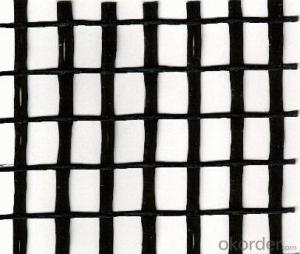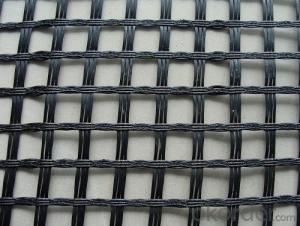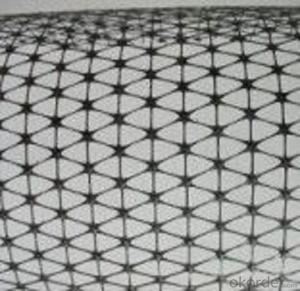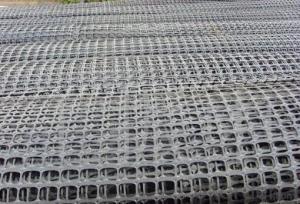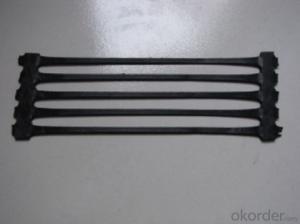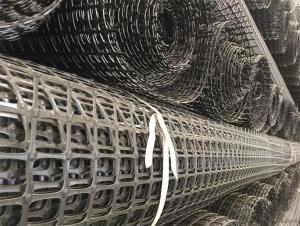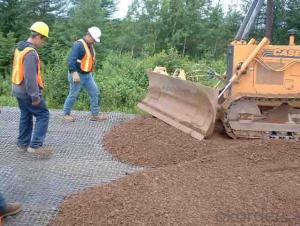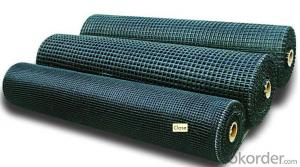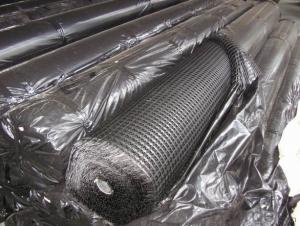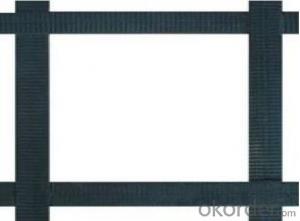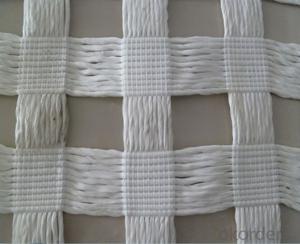Nx750 Geogrid
Nx750 Geogrid Related Searches
Fridge With Freezer On Bottom Driveway Pillars With Lights Blu Ray Player With Recorder Blu Ray Player With Internet Geogrid In Retaining Walls 1708 Biaxial Fiberglass Tape Pullout Resistance Of Geogrid Geogrid Warp Knitting Machine Srw 3 Series Geogrid Biaxial Plastic GeogridHot Searches
Fiberglass Scaffolding For Sale Fiberglass Panels For Sale Fiberglass Greenhouses For Sale Geogrid Fabric For Sale Gas Powered Core Aerator For Sale Revolution 4 Propeller For Sale Alabaster Carving Stone For Sale Geogrid For Sale Near Me Tensar Geogrid For Sale Geogrid For Sale Ex Display Log Cabins For Sale Photoelectric Cells For Sale Athletic Lockers For Sale Cubicle Partitions For Sale Stearman Propeller For Sale Palram Greenhouses For Sale Gumbo Bowls For Sale Suzuki Propellers For Sale Freight Crates For Sale Outhouse Sheds For SaleNx750 Geogrid Supplier & Manufacturer from China
Okorder.com is a professional Nx750 Geogrid supplier & manufacturer, offers integrated one-stop services including real-time quoting and online cargo tracking. We are funded by CNBM Group, a Fortune 500 enterprise and the largest Nx750 Geogrid firm in China.Hot Products
FAQ
- A geogrid is a type of geosynthetic material that differs from others due to its unique structure. Unlike geotextiles or geomembranes, which are typically made of woven or non-woven fabrics, a geogrid is composed of a grid-like pattern of polymers or metals. This grid structure provides the geogrid with exceptional tensile strength, allowing it to distribute loads more effectively and enhance soil stability. Geogrids are commonly used in applications such as reinforced soil slopes, retaining walls, and pavement systems, where their high strength and stiffness offer significant advantages over other geosynthetic materials.
- Some design considerations for geogrid-reinforced embankments include selecting the appropriate geogrid materials and properties based on the soil conditions, determining the required geogrid strength and stiffness, ensuring proper installation and connection of the geogrid, considering the potential for differential settlements, evaluating the long-term performance and durability of the geogrid, and considering the overall stability and safety of the embankment structure.
- When selecting geogrids for a project, there are several factors to consider. These include the specific application or purpose of the project, the site conditions such as soil type and slope stability, the load requirements of the project, the desired lifespan and durability of the geogrids, and the cost-effectiveness and availability of the geogrids. Additionally, it is important to consider the installation process and compatibility with other materials used in the project. By considering these factors, you can ensure that the selected geogrids will effectively meet the needs of your project.
- There are several factors that can influence the design of geogrid installations. These include soil type and characteristics, slope stability, anticipated loads and traffic, climate and environmental conditions, project requirements and specifications, and available construction equipment and techniques. Each of these factors must be carefully considered to ensure the successful design and implementation of geogrid installations.
- Anchorage length of Geogrid
- The old cement pavement maintenance, use method and injection method of self-adhesive, glass fiber grid in the original road, also can do fine 20mm-30mm asphalt concrete leveling layer in the original pavement, then laying fiberglass geogrid, and asphalt concrete pavement, thickness should be 60-100mm.E. the new road surface layer can be anchored method, self adhesion method for construction.
- The specifications for geogrid installation typically include factors such as soil type, slope angle, required strength, and design considerations. It is important to follow manufacturer guidelines and industry standards to ensure proper installation, including techniques for anchoring, overlap, and tensioning. Additionally, proper site preparation, including soil compaction and leveling, is crucial for a successful geogrid installation.
- What is the overlap length of the two-way geogrid? What is the overlap length of geotextiles?
- The double lap length is 50cm
- Geogrids enhance the performance of geocell-reinforced retaining walls by providing additional tensile strength and stability. They act as a reinforcement layer within the geocell structure, preventing soil movement and enhancing load distribution. This combination increases the overall strength of the retaining wall, allowing it to withstand higher loads and maintain structural integrity over time.


















